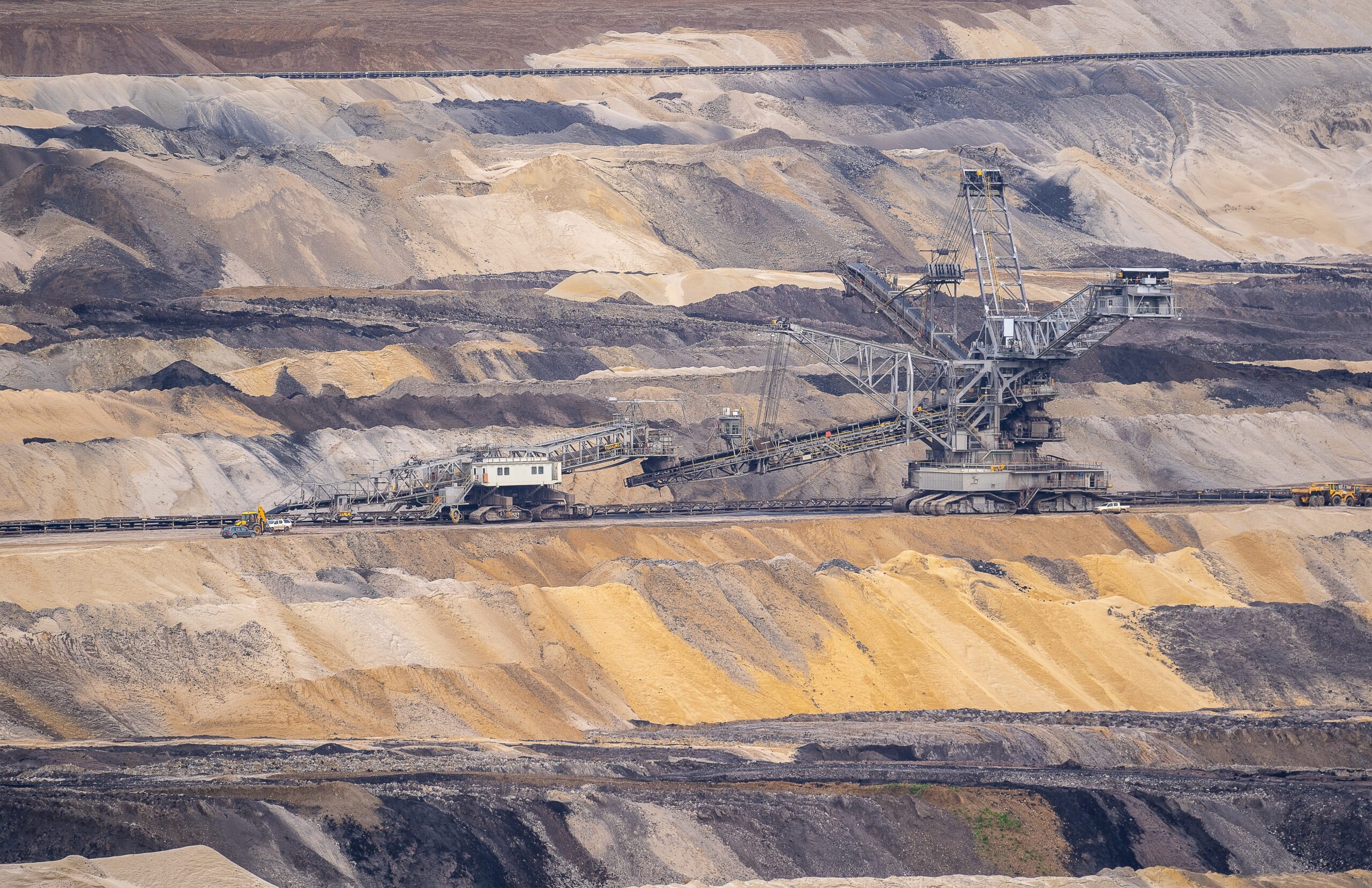Mineral separation is the heart of industrial mineral processing. It takes mixed, low-value materials and turns them into useful products. Concrete becomes stronger when aggregates and cement additives, such as fly ash, are properly cleaned and sized. Electronics depend on metals and oxides refined to reliable purity. Phones stay thinner and faster because metals and oxides are refined to consistent grades. If a material must meet a spec, mineral separation is the step that makes it possible.
Why separation matters across sectors
Construction and infrastructure: Concrete performance depends on the quality of its mineral inputs. Beneficiated fly ash and other supplemental cementitious materials improve strength gain and durability while replacing a portion of cement. Consistent particle size and lower carbon content result from targeted separation.
Electronics and technology: Semiconductors, batteries, and precision connectors require high-purity feeds. Separating gangue from value minerals raises grade before leaching, smelting, or sintering. Tighter upstream control shortens downstream cycles and reduces scrap.
Energy and renewables: Coal cleaning lowers ash and pyrite. Mineral sands separation concentrates ilmenite, rutile, and zircon for pigments and ceramics. Rare-earth bearing streams for magnets and wind turbines gain value when light and heavy fractions are split cleanly.
The tools: from classic circuits to modern dry systems
Separation choices depend on particle size, surface chemistry, and mineralogy. A practical toolkit includes:
- Gravity and size classification: Screens, spirals, hydrocyclones, and tables split by size and density.
- Magnetic and electrostatic methods: Useful when minerals differ in magnetic susceptibility or charge behavior.
- Froth flotation: A mainstay for sulfides and some oxides where surface chemistry can be tuned.
- Optical and sensor sorting: Cameras, XRT, or NIR sensors remove waste early when particles are coarse.
Modern plants increasingly add dry, high-efficiency systems to cut water use and simplify permitting. That is where triboelectrostatic technology fits.
Dry triboelectrostatic separation: efficient and water-free
Dry triboelectrostatic separators use contact charging to give particles opposite polarities, then split them in an electric field. Because the process runs without water or reagents, it avoids thickening, drying, and reagent handling.
What this delivers in practice:
- No process water: Viable in arid regions and on sites with tight discharge limits.
- Fewer consumables: No chemicals, collectors, frothers, or pH modifiers.
- Fine-particle capability: Effective on feeds down into the tens of microns, where gravity devices struggle.
- Tight cuts: Adjustable operating points to balance grade and recovery as feed varies.
For many industrial minerals, a dry circuit controls gangue minerals such as carbonates or silica to spec while trimming operating cost and complexity.
Turning low-value streams into products
Valuable minerals are often tied up in mixed streams. The right separation stage turns that feed into consistent, on-spec products:
- Coal byproducts and pozzolans: Removing residual carbon and controlling fineness produces concrete-grade fly ash with better workability and strengths.
- Phosphate and feldspar: Silica reduction and impurity control raise fertilizer and ceramic feed quality.
- Mineral sands: Electrostatic and magnetic stages split conductive and non-conductive fractions cleanly for pigment and refractory markets.
- DDGS and other specialty feeds: Selective separation boosts protein content in distillers grains, creating higher-value animal nutrition products without solvents or water.
Environmental and economic gains together
Moving from wet to efficient dry separation changes both footprint and cost structure.
- Water conservation: Eliminating process water removes ponds, reduces makeup water, and avoids tailings thickening or filtration.
- Lower chemical use: Fewer reagents simplify storage, training, and compliance.
- Energy balance: Downstream drying is removed from the process. Most power goes to conveying and particle charging.
- Simpler permitting: No process effluent means fewer discharge points and lower risk.
- Compact layouts: Smaller footprints free up space and shorten construction schedules.
The result is a circuit that is easier to run, easier to scale, and easier to permit.
Industry snapshots
Coal preparation: Ash and sulfur removal raises heating value and helps meet emissions targets. A dry stage can fit where water is limited or legacy ponds are a concern.
Cement and concrete supply: Beneficiated fly ash, kiln dust, and other SCMs reduce clinker factor and improve durability. Consistent mineral blends come from reliable separation, instead of just blending alone.
Mineral sands: Ilmenite, rutile, and zircon benefit from staged electrostatic and magnetic splits that maintain grade while recovering more saleable product.
Industrial minerals: Potash, barite, talc, calcite, and silica often require tight size and impurity control. A dry finishing step helps hit brightness, LOI, or acid-insoluble specs.
How to choose a separation path that works
A good flowsheet starts with facts. A short, disciplined evaluation keeps projects on time and on budget.
- Characterize the feed: Mineralogy, particle size distribution, moisture, and bulk chemistry.
- Define the target: Grade, recovery, and throughput, written as hard numbers.
- Run pilot tests: Bench and pilot trials set operating windows and confirm mass balance.
- Compare circuits: Wet, dry, or hybrid. List capex, opex, utilities, footprint, and permitting needs.
- Plan for variability: Design for reasonable swings in PSD and chemistry so the plant stays on spec.
This approach protects capital and shortens ramp-up.
Where industrial mineral processing goes next
Demand for high-purity, low-impact materials is rising. Plants that embrace efficient mineral separation meet tighter specs with fewer inputs. Expect more dry circuits, more sensor-based early rejection, and more attention to life-cycle impacts. The aim is steady quality with less water, fewer chemicals, and simpler logistics.
What this means for your operation
If your operation struggles with variability, ships product below its potential value, or spends heavily on water handling, now is the time to reassess the separation step. A short test program can show whether a dry, high-efficiency stage will raise grade, lift recovery, and cut cost — a practical path to a cleaner product and a stronger margin.



















